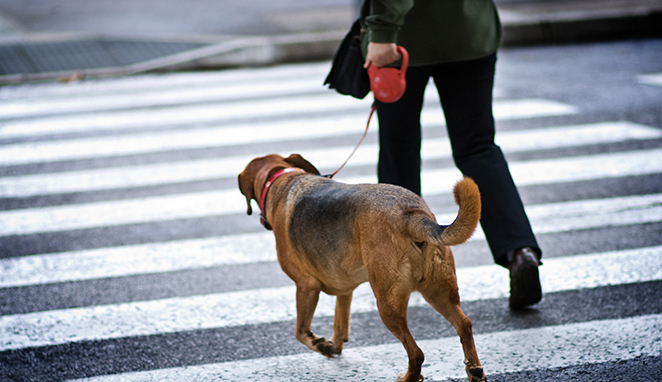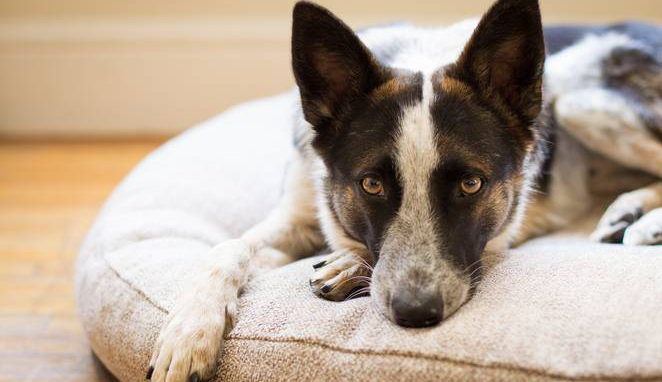STOP! YOU ARE REWARDING YOUR DOG FOR PULLING
If your dog wants to go and sniff a tree and pulls you towards it (with tension on the lead), then every step to you take towards the tree becomes a reward for pulling. Your dog is learning that if it pulls you hard enough, for long enough, frequently enough… you will give in. Sadly, it is easy to end up in a situation where we have trained our dogs to be persistent leash-pullers.





